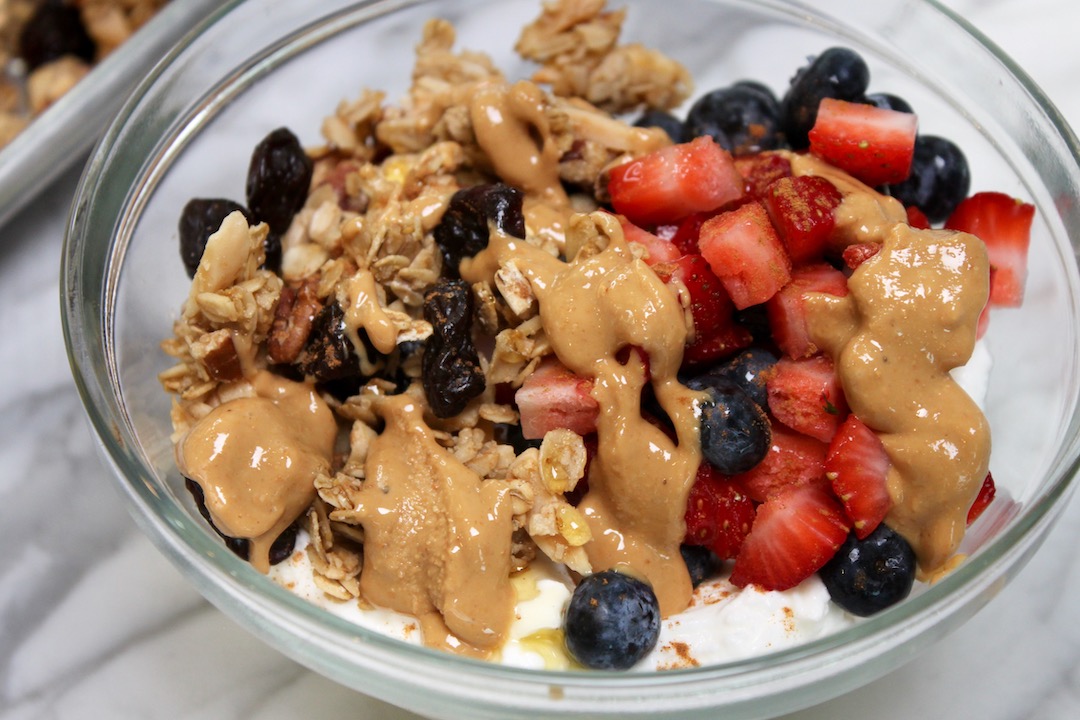If you’ve been exploring ways to lose weight, you might have come across the term “counting macros.” It’s a popular approach for those who want more flexibility in their diet while still reaching their weight loss goals. But what exactly are macros, and how can counting them help you lose weight? In this beginner’s guide, we’ll break down everything you need to know about counting macros and how it can make your weight loss journey a little easier and more effective.
What Are Macros?
“Macros” is short for macronutrients, which are the three main types of nutrients that provide energy (calories) for your body. These are:
- Protein: Helps build and repair tissues, including muscles. Protein is also important for hormone production and a healthy immune system. It’s a key nutrient for weight loss because it helps you feel fuller for longer.
- Carbohydrates: These are your body’s main source of energy. Carbs fuel your brain, muscles, and organs. However, not all carbs are created equal. Simple carbs (like sugar and refined grains) can spike your blood sugar, while complex carbs (like vegetables and whole grains) provide steady energy and help you feel satisfied.
- Fats: Though they’ve gotten a bad rap, fats are essential for your body to absorb certain vitamins, support brain health, and provide long-lasting energy. Healthy fats, like those from nuts, avocados, and olive oil, should be a part of any balanced diet.
Each of these macros provides a different amount of calories per gram:
- Protein: 4 calories per gram
- Carbohydrates: 4 calories per gram
- Fats: 9 calories per gram
Why Count Macros for Weight Loss?
Counting macros allows you to be more precise with your food choices by focusing on the balance of nutrients you’re consuming rather than just the overall calorie count. Instead of only tracking calories, you’re making sure you’re eating the right proportions of protein, carbs, and fats to fuel your body properly and support weight loss.
This method can also offer more flexibility compared to strict diets. By counting macros, you’re not restricted to certain food groups or forced to avoid entire categories of food. You have the freedom to enjoy a wide variety of foods, as long as they fit within your macro targets.
How to Calculate Your Macros
Before you start counting macros, you’ll need to figure out your individual macro breakdown. Here’s how to get started:
- Determine Your Calorie Needs
First, calculate how many calories your body needs to maintain its current weight. This is known as your Total Daily Energy Expenditure (TDEE). There are various TDEE calculators online that can give you an estimate based on your age, weight, height, and activity level.
- Set Your Calorie Deficit for Weight Loss
To lose weight, you need to consume fewer calories than your TDEE. A general rule is to aim for a calorie deficit of 300-500 calories per day, which leads to safe and sustainable weight loss of about 1-2 pounds per week.
- Choose Your Macro Ratio
Next, decide how you want to split your daily calories among the three macros. A common starting point for weight loss is:
- 40% protein
- 30% carbohydrates
- 30% fats
However, this can vary based on your personal preferences, fitness goals, and body type. For example, some people may feel better with a lower carb, higher fat ratio (like 35% protein, 25% carbs, 40% fats).
- Convert Calories to Grams
Once you know your total daily calorie intake and your macro percentages, you can calculate how many grams of each macro you should be eating per day. Here’s how to do it:
- Protein: Multiply your daily calorie goal by the percentage you’ve set for protein (e.g., 40%). Then divide that number by 4 (since protein has 4 calories per gram).
- Carbohydrates: Multiply your daily calorie goal by the percentage for carbs (e.g., 30%). Divide that number by 4 (since carbs have 4 calories per gram).
- Fats: Multiply your daily calorie goal by the percentage for fats (e.g., 30%). Divide that number by 9 (since fats have 9 calories per gram).
Now, you have your daily targets for how many grams of protein, carbs, and fats to eat!
How to Track Your Macros
Tracking your macros might seem daunting at first, but with the right tools, it’s a lot easier than you’d think. Here are some tips for successful macro tracking:
- Use a Food Tracking App: There are plenty of apps available (like MyFitnessPal or Cronometer) that make it simple to log your meals and automatically calculate your macros. Most apps come with a database of common foods and their macro breakdowns, so all you need to do is enter what you eat.
- Plan Your Meals in Advance: Planning your meals and snacks ahead of time can make it much easier to stay within your macro goals. Prep your meals for the week, or at least have a rough idea of what you’ll eat each day.
- Weigh and Measure Your Food: To accurately count macros, it’s important to know how much you’re eating. Using a food scale or measuring cups can help you track your portions and ensure you’re hitting your targets.
- Be Consistent: Like with any weight loss method, consistency is key. Try to hit your macro targets as closely as possible each day, but don’t stress if you’re off by a few grams—what matters is your overall progress over time.
Adjusting Your Macros as You Progress
As you lose weight, your calorie and macro needs will change. It’s important to reassess your TDEE and adjust your macros accordingly every few weeks. Additionally, you may find that a different macro ratio works better for your body. Don’t be afraid to tweak your macro targets to suit your goals and preferences.
Wrapping It Up
Counting macros is a flexible, customizable approach to weight loss that helps you focus on what your body needs to function at its best. By tracking your protein, carb, and fat intake, you can create a balanced, sustainable plan that supports your weight loss goals without feeling overly restrictive.
















